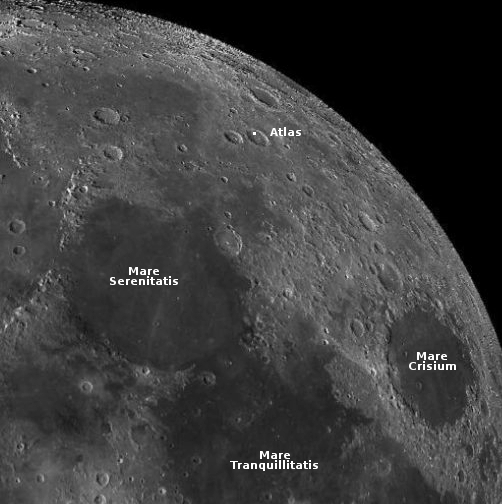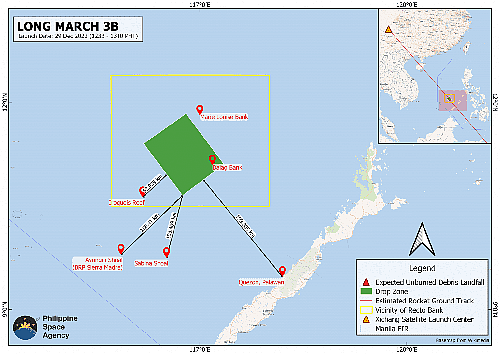China releases first update on status of Yutu-2 since September

Click for full image. The red flag marks the landing site.
China today released its first update since September on the status of its Yutu-2 rover on the far side of the Moon. The map on the right shows the rover’s travels through December 2022.
As of today the rover has traveled 4,774 feet total, and about 450 feet since September. The goal, as stated in April 2021, was to “move northwest toward the basalt distribution area located about 1.2 km away.” At the time the rover was only averaging about 100 feet travel per lunar day. According to these numbers, it picked up the pace in the past year, though it is unclear whether it has reached that goal.

Click for full image. The red flag marks the landing site.
China today released its first update since September on the status of its Yutu-2 rover on the far side of the Moon. The map on the right shows the rover’s travels through December 2022.
As of today the rover has traveled 4,774 feet total, and about 450 feet since September. The goal, as stated in April 2021, was to “move northwest toward the basalt distribution area located about 1.2 km away.” At the time the rover was only averaging about 100 feet travel per lunar day. According to these numbers, it picked up the pace in the past year, though it is unclear whether it has reached that goal.




